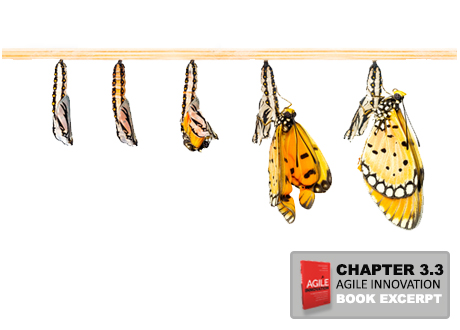7 Steps to Reconcile Co-Innovation and Confidentiality: How Secret Should Your Co-Innovation Transformation Be?
In an increasingly competitive, connected and globalized world, co-innovation and value co-creation have recently become the norm for all R&D projects from startups to large organizations. In fact, co-innovation is critical to the development and sustainability of organizations of all sizes and and all industries.









